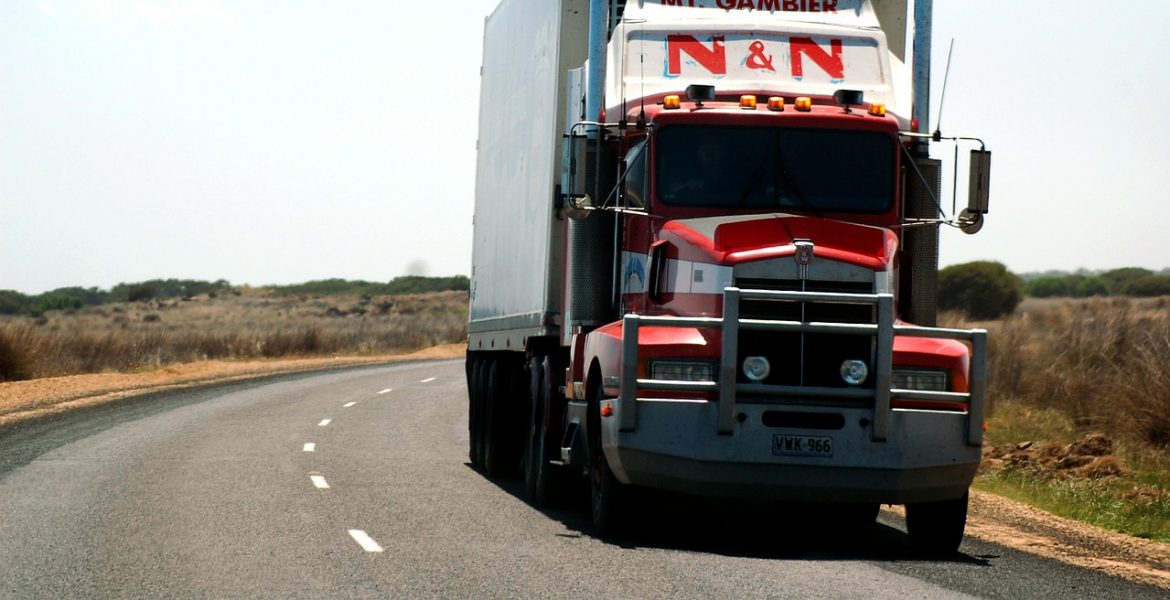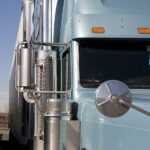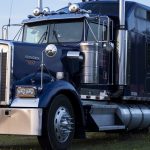When it comes to driving an oversized load, new drivers have a lot of questions about what kind of special training and regulations they might need, if any at all. It’s true that hauling oversized loads is one of the more challenging and yet rewarding options for experienced drivers. So it pays (literally) to have a firm understanding of all the requirements and expectations that go along with this type of freight.
It’s a cliché to say that trucks come in all shapes and sizes, but that is definitely the case when it comes to oversized loads. All sorts of special shipments need to cross over America’s highways, and you can spot anything from entire houses to giant machinery to trucks hauling other trucks. Each one needs to follow the specific rules and laws that apply in that location, and drivers need to exercise extra caution, which is why these jobs typically go to experienced truckers with strong safety records.
Driving oversized loads won’t be for everyone. Even if you qualify, you may find this niche of freight hauling is more trouble than it’s worth. But for drivers who are up to the challenge, oversized loads are a great way to increase your salary and further your career.
Let’s take a look at what you need to know before taking on an oversized load for the first time.
What qualifies as an oversized load?
Before talking about what an oversized load is, perhaps it will help to define a standard load. A typical semi-trailer, as defined by the U.S. Department of Transportation, is between 48 and 53 feet in length (25 states allow trailers up to 53 feet without a special permit, while other states have a lower maximum). Most dry haul vans that you see on the nation’s federal highways will be in that range.
As for width, this is the most standardized aspect of a tractor-trailer. Semis on United States interstates must not be wider than 102 inches. Otherwise they will fall under special guidelines for oversized loads. The only exception is for when special rear view mirrors are required on the side of the truck, which might increase the width. The driver should have the ability to pull in these mirrors as necessary.
The government allows individual states to set their own rules for height, but the standard height for semi trucks is 13 feet six inches. Also of note, there are rules regarding how much a trailer can weigh, with federal limits of 80,000 pounds gross vehicle weight. The rules also specify no more than 20,000 pounds on a single axle, or 34,000 pounds on a tandem axle group.
Now that we know the standard dimensions for U.S. trucks, it’s easy to point out that anything larger than this qualifies as an oversized load. With the increase in aerospace and new energy applications, there’s an increased demand for transporting large pieces of equipment, such as airplane wings and wind turbines. So knowing these regulations is more necessary than ever.
What are the rules and regulations for an oversized load?
It’s important to realize that a typical highway lane is twelve feet wide. Cars tend to be 6 to 6 and a half feet wide, giving them plenty of extra room to maneuver. Trucks are normally no more than 8 and a half feet wide, leaving them only 3 and a half feet of leeway. You start to understand why exceeding that can be a problem.
While the federal government has guidelines for standard loads, it is not responsible for issuing permits. Rather, that is up to each individual state, so when hauling oversized loads over state lines, you’ll need permits for each state you’ll be traveling through. Each state has its own requirements. Thankfully, all of the information for each individual state (as well as Canada) can be found in one place on the U.S. Department of Transportation Federal Highway Administration website. There’s also the matter of cost, as the permitting process can vary from $15 to $70.
There may also be a need for escorts. It might be necessary to have experienced escort vehicles, depending on the nature of the load, its size, the location, and whether there are any special advisories for a particular interstate, side street, or bridge. Some states require that the escort drivers have special certifications as well.
Moreover, there are rules for how the vehicle is to be marked. Oversized vehicles will need to be clearly outfitted with warning signs, flags, and flashing lights. The flags, in particular, are for any part of the load that is extending beyond the vehicle itself, whether off the side or back.
What safety precautions need to be taken with an oversized load?
Never forget that operating an oversized load is more challenging and creates extra blind spots that a driver may not be accustomed to. Moreover, such vehicles are not as easy to maneuver, and if extra weight is involved, they will take longer to accelerate and come to a stop. They will also have a wider turning radius
If you’re in a part of a country that has steep inclines, it will be tougher to maintain speeds whenever you are ascending or descending. Drivers also need to be aware that extremely large loads are less stable, are more prone to sways and rolling over, and as such, extra caution should be used at all times, especially in extreme weather conditions.
Things to keep in mind include the following:
- Provide extra warning when turning, slowing down, or when obstacles are on the road, as other drivers will have less visibility.
- Take extra precautions when merging into traffic on multi-lane highways.
- Maintain more of a following distance.
- Be extra careful when making turns.
- When first engaging gears on an incline, an oversized load may cause the vehicle to roll backwards.
- Do your best to avoid backing up whenever possible. If it is necessary to go in reverse, make sure to have adequate spotters assisting you.
Do drivers make more hauling oversized loads?
Because of the need for experienced drivers and special permits, drivers who haul oversized loads can expect to receive a higher salary. With the higher requirements in terms of skill and licenses, shipping companies will offer more competitive pay to attract the best drivers. On average, oversized load truckers can earn 54,000 a year, and it’s not unheard of to make more than six figures.
Do states have different rules for oversized loads?
Yes. Please see above to learn more about the different rules and permit requirements for various states. As noted, the U.S. Department of Transportation Federal Highway Administration website has all the information for each state listed.
Saint John Capital Understands Trucking
Whether you are brand new to the trucking industry, or have years of experience, there is always more you could be doing to boost your career. With more than two decades of trucking industry experience, Saint John Capital understands the challenges faced by truckers just like you. Our knowledge of the industry is extensive, in large part due to the fact that we only purchase invoices from within the freight industry. This ensures that we are best able to provide comprehensive support to every one of our customers, with tailored services that directly meet your financial needs.
Our mission at Saint John Capital is extremely straightforward. We want to make it easy for freight companies and individual drivers to enjoy a full range of services that allow you to manage your cash and grow your business. With increased financial flexibility, you’ll be able to reach your goals more quickly. Remember, Saint John Capital is always there to forerun your cash, whenever you need it the most.
Contact us ASAP to learn more about how Saint John Capital can make your driving career more lucrative.











